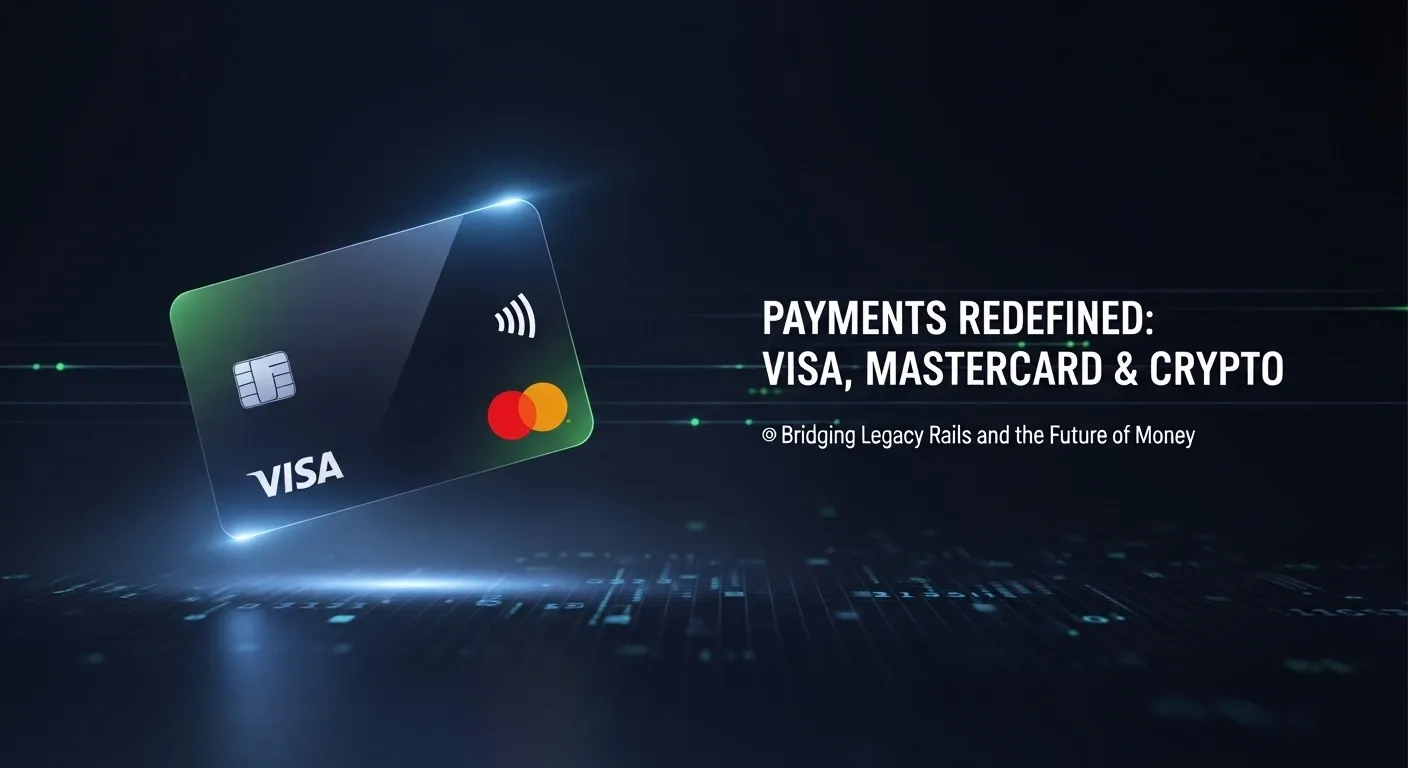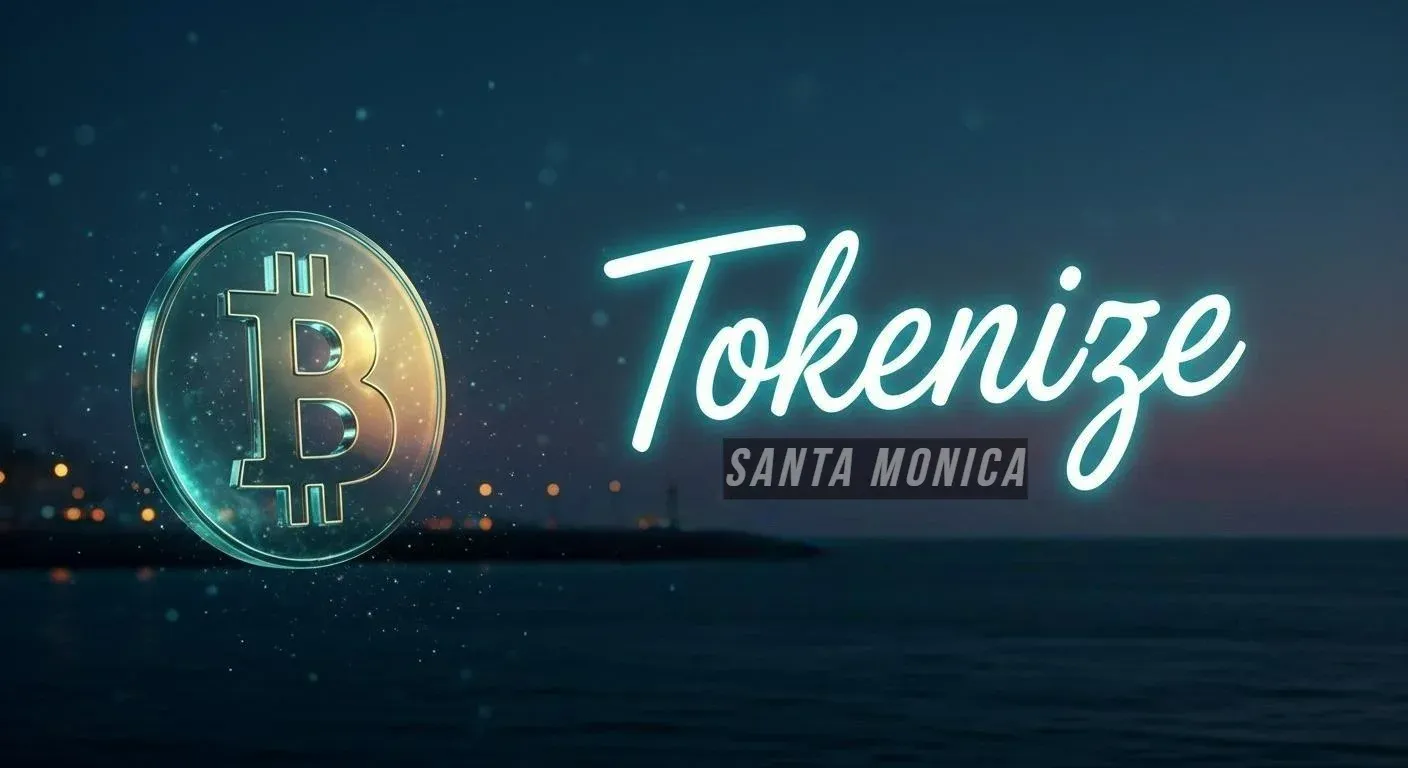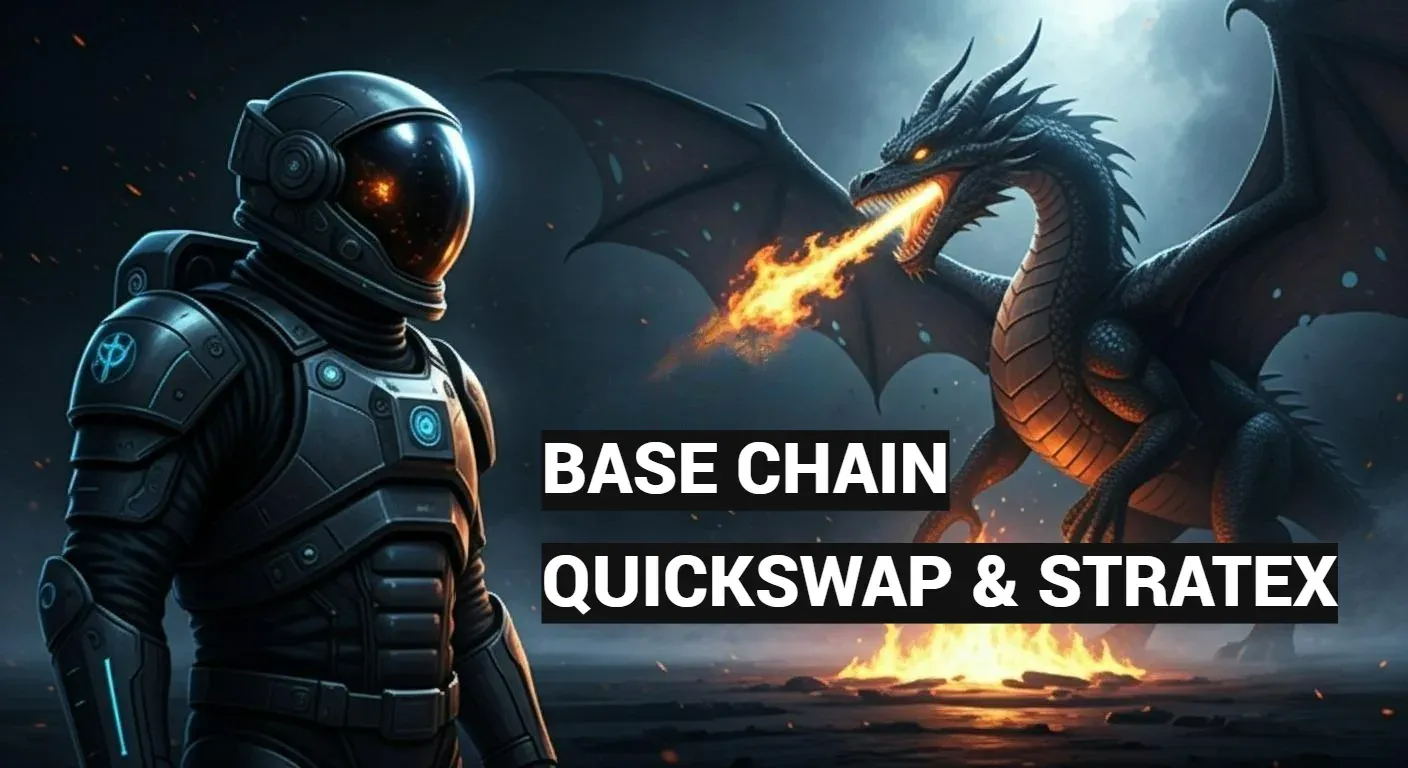The integration of cryptocurrency into traditional financial systems has taken a massive leap forward with Visa and Mastercard embracing digital assets. These global payment giants are now working to support cryptocurrency payments, bridge the gap between traditional finance and decentralized technologies, and facilitate the mainstream adoption of digital currencies.
Visa’s Approach to Cryptocurrency
Visa has been progressively exploring the potential of cryptocurrency since 2020. The company aims to position itself as a key player in the emerging digital asset space by facilitating crypto payments and integrating blockchain technology into its services.
In 2021, Visa began partnering with major crypto exchanges and wallet providers to allow users to pay with cryptocurrencies via their Visa cards. This move enables users to convert their digital assets into fiat currencies when making transactions, thereby simplifying the use of crypto in everyday purchases.
Additionally, Visa has entered into partnerships with crypto exchanges like Binance and Coinbase, allowing users to seamlessly spend cryptocurrencies at any merchant that accepts Visa. This strategy marks a critical step toward the widespread use of crypto for retail transactions, positioning Visa at the forefront of blockchain adoption.
Visa is also delving into stablecoins, specifically looking at USD Coin (USDC), a stable cryptocurrency pegged to the US dollar. By enabling payments through stablecoins, Visa aims to mitigate the volatility associated with traditional cryptocurrencies, making crypto transactions smoother and more reliable.
Mastercard’s Crypto Ventures
Mastercard, like Visa, has made significant strides in incorporating cryptocurrency into its payment infrastructure. In 2021, Mastercard announced that it would start supporting select cryptocurrencies directly on its network, marking a monumental shift in how mainstream financial institutions approach digital assets.
Mastercard's crypto strategy focuses on fostering partnerships with crypto companies, much like Visa. The company is also developing blockchain technology to streamline and secure transactions, particularly in sectors like DeFi (Decentralized Finance) and digital identity verification.
Through the use of blockchain, Mastercard is working to reduce the costs and time associated with cross-border transactions. By integrating cryptocurrency into its payment systems, Mastercard aims to enhance its services, especially in countries where traditional banking infrastructure is lacking.
Moreover, Mastercard has been involved in crypto security, working on systems that will help minimize the risks associated with fraud and misuse, a key concern for the crypto industry.
The Role of Stablecoins in Crypto Payments
One of the significant challenges of using traditional cryptocurrencies like Bitcoin and Ethereum for everyday payments is their volatility. To address this, both Visa and Mastercard are exploring the use of stablecoins, which are cryptocurrencies pegged to the value of fiat currencies. Stablecoins offer the benefits of crypto—such as low-cost cross-border payments—while mitigating the risks of price fluctuations.
Visa’s collaboration with USD Coin (USDC) and Mastercard's exploration of CBDCs (Central Bank Digital Currencies) highlight the growing importance of stablecoins in the financial system. These partnerships signify the increasing trust major financial institutions are placing in blockchain technology and cryptocurrency.
Visa and Mastercard's move to support stablecoins represents a massive endorsement of this technology, and it could pave the way for broader institutional adoption. For more insights on how stablecoins are revolutionizing payments, take a look at how they fit into the wider context of DeFi and the blockchain economy.
Cryptocurrency Cards: The Next Big Thing?
Both Visa and Mastercard have partnered with leading crypto exchanges to introduce crypto debit and credit cards, allowing users to spend their digital assets in the same way they would with traditional fiat currencies. These cards automatically convert cryptocurrencies into fiat at the point of sale, enabling frictionless transactions.
For instance, Visa’s crypto cards are issued by platforms like Coinbase, while Mastercard has partnered with Wirex, a digital payment platform that facilitates crypto transactions. These partnerships are designed to bridge the gap between the crypto ecosystem and mainstream payment systems.
The launch of these cards is a game-changer, particularly for users in regions where access to traditional banking is limited. This development could also promote crypto adoption on a larger scale, as everyday consumers begin to see the practical benefits of using digital currencies in real-world transactions.
What This Means for the Future of Payments
Visa and Mastercard’s move toward cryptocurrency represents a broader shift in the global financial landscape. By incorporating digital assets into their ecosystems, these companies are not only endorsing the legitimacy of cryptocurrencies but also preparing for a future where blockchain technology is central to financial transactions.
As more users become comfortable using cryptocurrencies in their daily lives, Visa and Mastercard’s crypto-friendly policies will likely encourage other financial institutions to follow suit. This shift will also influence the DeFi space, as traditional finance and decentralized finance increasingly converge.
Moreover, the involvement of major players like Visa and Mastercard may lead to the development of new blockchain-based payment systems and digital currencies. The potential for blockchain to reduce transaction fees, enhance security, and increase the speed of international payments could ultimately reshape how we think about global commerce.
For a deeper understanding of how this might impact traditional banking systems, see our exploration of Bitcoin’s scalability solutions and how Ethereum’s developments are pushing the boundaries of blockchain technology.
Conclusion
Visa and Mastercard’s embrace of cryptocurrency marks a major milestone in the integration of digital assets into mainstream finance. By supporting crypto payments and integrating blockchain technology into their services, these payment giants are helping to legitimize cryptocurrencies and make them more accessible to the general public.
As the cryptocurrency ecosystem continues to evolve, the role of major financial institutions like Visa and Mastercard will be crucial in determining how quickly and smoothly cryptocurrencies become a staple in global commerce.
For more on the future of cryptocurrency and its potential impact on global payments, check out our analysis of blockchain trends in 2024 and how Visa-backed tokens are set to revolutionize financial systems.
FAQs
Why are Visa and Mastercard embracing cryptocurrency?
Visa and Mastercard see the growing adoption of cryptocurrency as an opportunity to expand their services, streamline cross-border payments, and stay at the forefront of financial technology.
What role do stablecoins play in crypto payments?
Stablecoins are digital assets pegged to fiat currencies, which help reduce volatility in crypto transactions. Both Visa and Mastercard are working with stablecoins like USDC to facilitate smoother payments.
Can I use crypto debit cards for everyday purchases?
Yes, both Visa and Mastercard have partnered with crypto exchanges to offer cards that allow users to spend digital assets like traditional fiat currencies at any merchant that accepts their cards.
How are blockchain and cryptocurrency improving cross-border payments?
Blockchain technology enables faster, more secure cross-border transactions at a fraction of the cost associated with traditional banking systems. Mastercard and Visa are exploring these innovations to reduce transaction fees and enhance security.
How do Visa and Mastercard help bridge the gap between traditional finance and cryptocurrency?
By incorporating cryptocurrency into their global networks, Visa and Mastercard provide a familiar infrastructure for users and businesses to adopt digital currencies without needing to fully switch to decentralized systems.
What is the future of cryptocurrency payments?
With Visa and Mastercard leading the charge, cryptocurrency payments are likely to become more mainstream, offering users the flexibility to use digital assets in everyday transactions.













Discussion